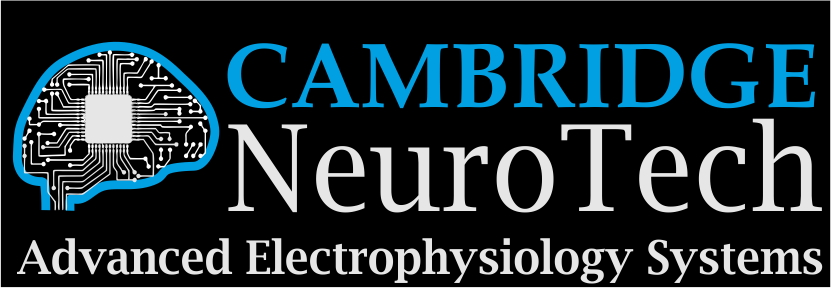Felipe A. Cini (Luke Remage-Healy's Lab)
Rapid brain state alterations during vocal interaction in the singing mouse
Yuki Fujishima (Michael Long's and György Buzsáki's Labs)
Neuroscience Institute at New York University School of Medicine, U.S.A
We study how the hippocampus (dCA1) contributes to rapid vocal interactions in Alston’s singing mouse. Silicon probes from Cambridge NeuroTech allow us to track the spiking activity of many tens of cells while the animals engage in complex, naturalistic behaviors.
Alston’s singing mouse (Scotinomys teguina) provides a unique opportunity to address the neural dynamics underlying interactive vocal exchange. In response to a conspecific song, S. teguina vocally responds within a few hundred milliseconds to the offset of the conspecific songs (“counter-singing”), resembling the temporal profile inherent in human conversation. However, the probability and timing of vocal responses are highly heterogeneous in S. teguina, and our preliminary behavioral results suggest that factors such as the vocal partner’s identity and location can affect this process. How the brain integrates these external factors to influence vocal responses remains unclear. Given that spatial and social information is believed to be computed in the hippocampal system, we recorded from the CA1-dentate axis of the dorsal hippocampus with silicon probes in freely moving S. teguina. To date, our local field potential (LFP) analysis shows increased theta and particularly gamma power when the animal is attentively listening to a conspecific song (followed by counter-singing). Unexpectedly, we observed that when the mouse begins to sing, theta and gamma power decreased immediately and to a level characteristic of consummatory classes of behavior. These results suggest that S. teguina rapidly switches between complementary brain states when engaged in perceiving the “song” of a conspecific and self-vocalization. On the basis of brain state correlations, execution of singing is a species-specific behavior and is more similar to reward consumption or grooming than to voluntary actions. Further experiments and analyses will investigate how the brain encodes relevant information to enable rapid transformation of the brain states and behavior.




